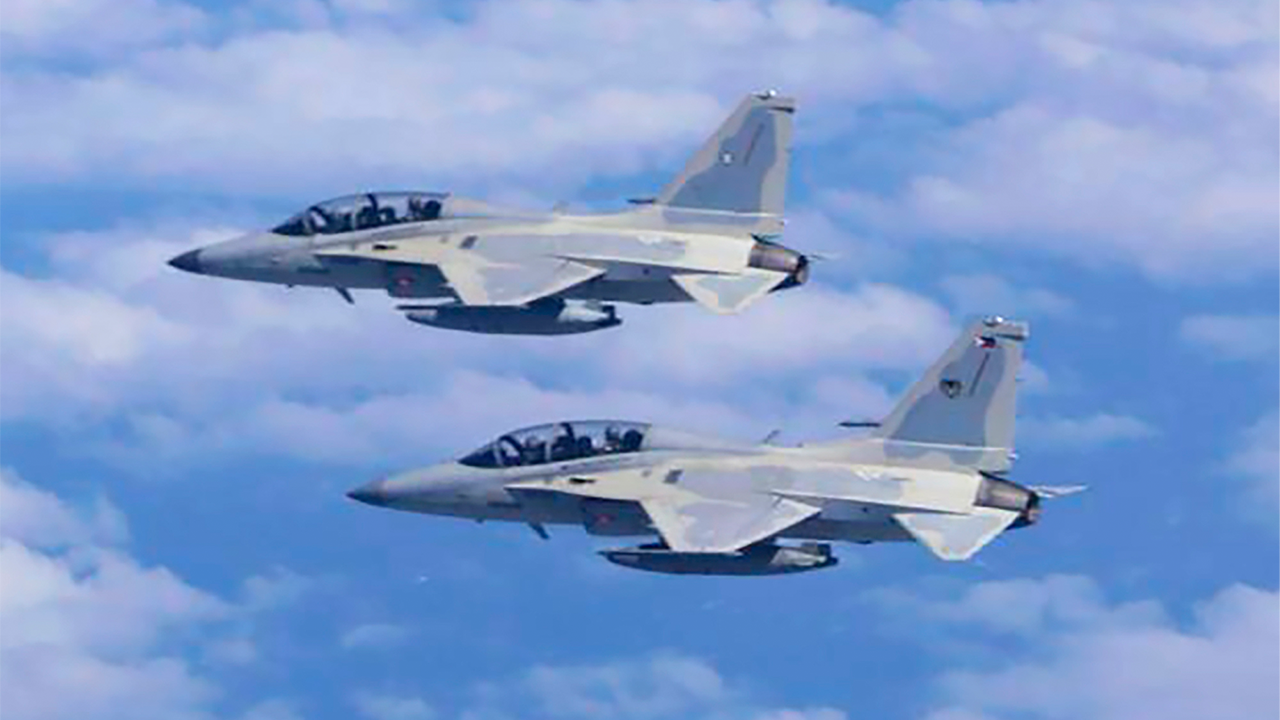The funding will be used to deliver life-saving reproductive health services and vital gender-based violence prevention programmes to more than 45 million people.
The appeal comes as an estimated 11 million pregnant women will require urgent support in 2025.
Record displacement and devastation
UNFPA recalled that global crises displaced a record 122.6 million people this year. Women and girls comprised half of those affected, and disasters and climate shocks carry devastating consequences for them.
For example, the risks of pregnancy and childbirth become life-threatening, and incidents of rape and other gender-based violence escalate sharply.
Furthermore, the increase in crises and rising needs were met with insufficient funding, creating a staggering 75 per cent resource gap across 34 country situations. As a result, millions of women and girls were left without access to essential services, often with life-threatening – and sometimes fatal – consequences.
Invest in women and girls
“With this funding appeal, we are calling on the international community to invest in the health and dignity of women and girls caught in crisis, and to help build a future free from fear and violence,” said Dr. Natalia Kanem, UNFPA Executive Director.
Listen to our recent interview with Dr. Kanem, who discusses the UN agency’s mission:
UNFPA aims to advance two key priorities in 2025 – strengthening local and national responses and enhancing emergency preparedness, as well as to increase the share of humanitarian funding to local and women-led organizations from 35 per cent to 43 per cent.
It will also enhance early response capacity by expanding the prepositioning of critical supplies across various hubs worldwide, to ensure swift and effective action when crises arise.
Despite unprecedented access and funding challenges, UNFPA reached over 10 million people with reproductive health services in 2024 and supported gender-based violence prevention and response services for 3.6 million people across 59 crisis-affected countries.
The agency also deployed networks of thousands of midwives and medical teams to humanitarian zones, equipped over 3,500 health facilities to deliver life-saving care, and established more than 1,600 safe spaces for women and girls.





